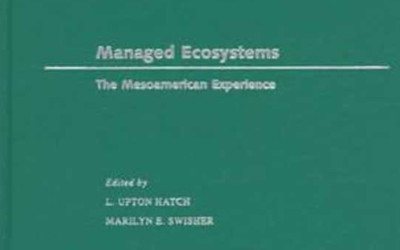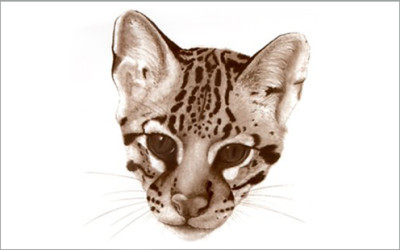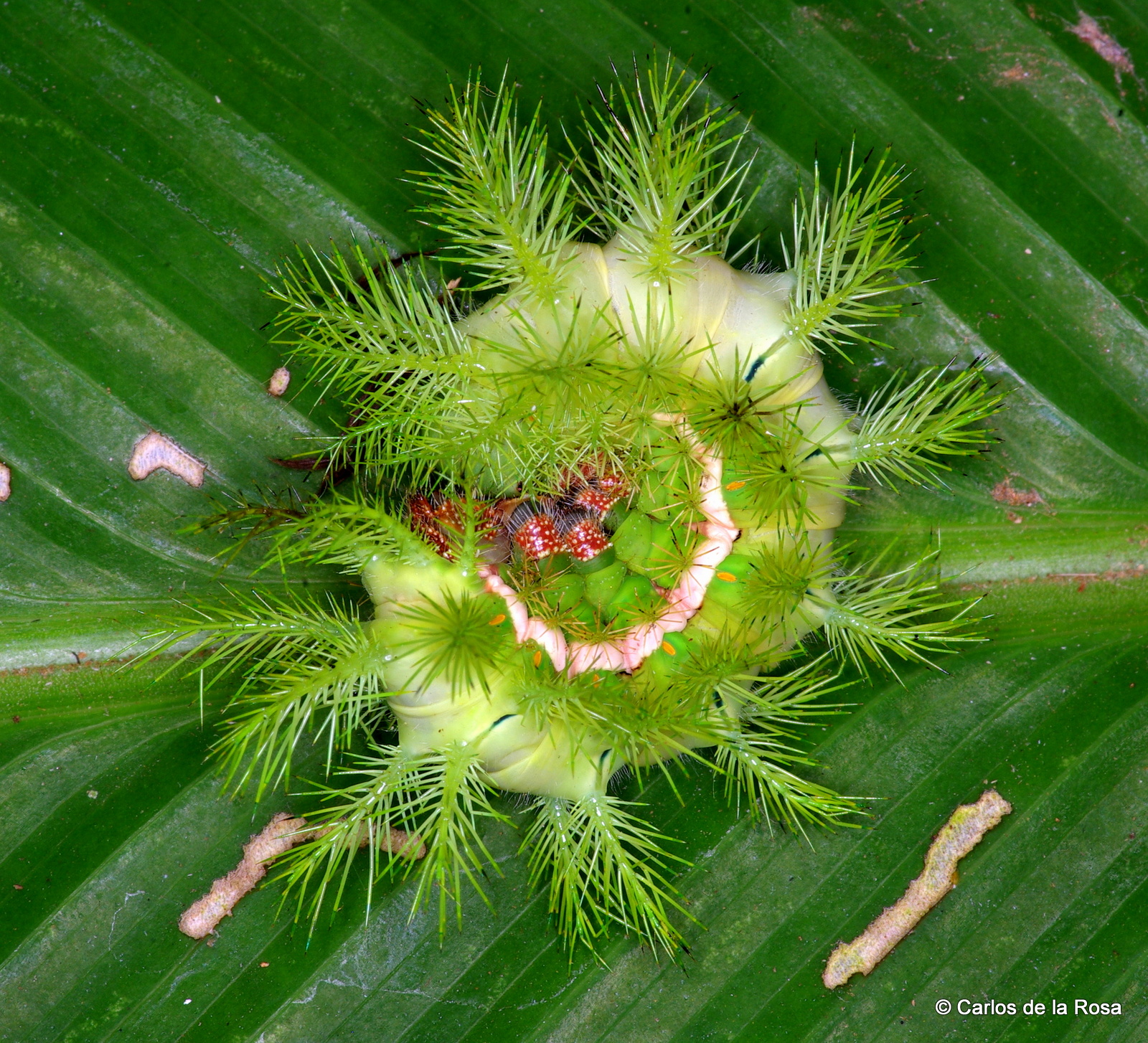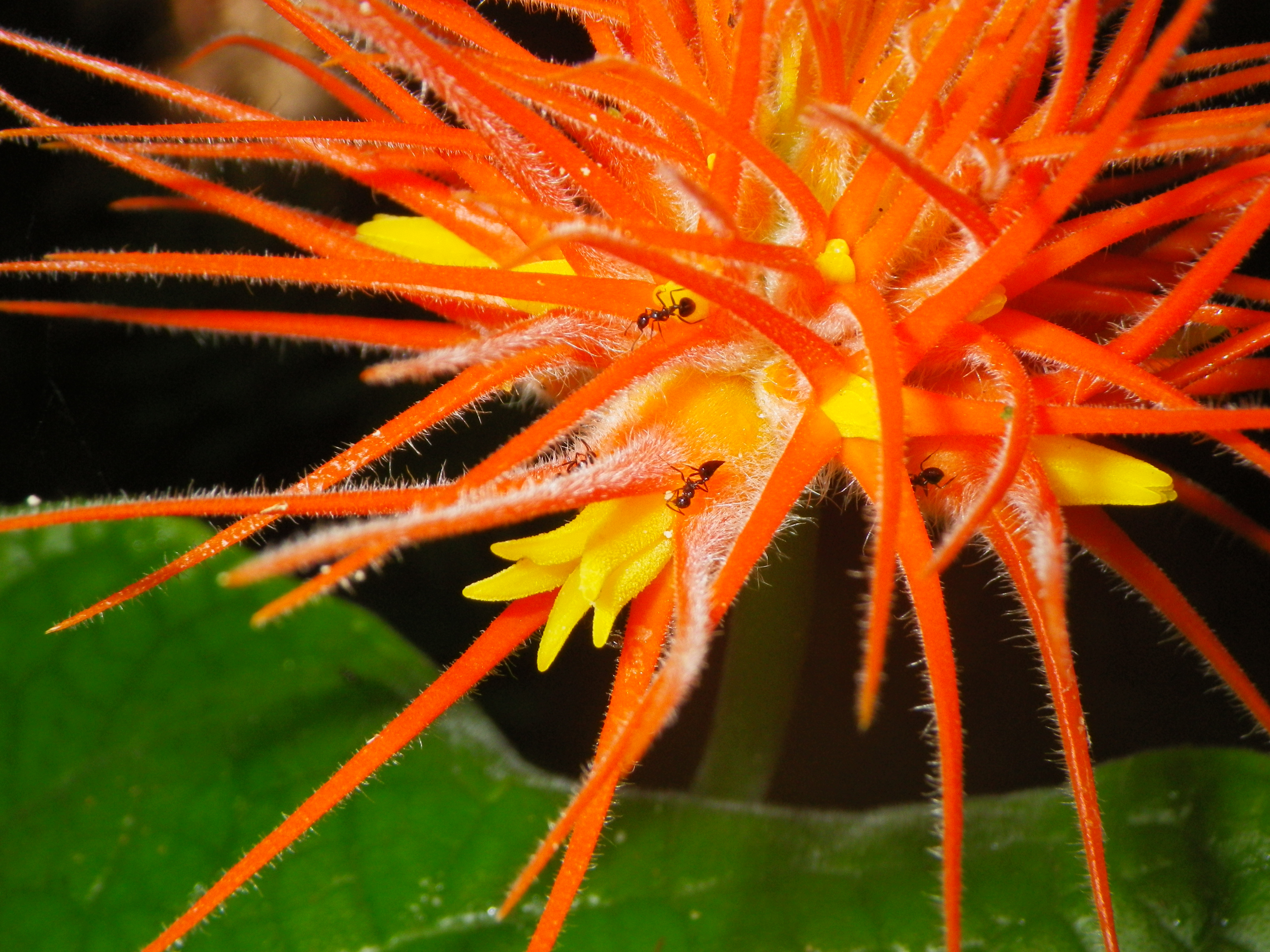Managed Ecosystems – The Mesoamerican Experience
Another book I wrote a chapter for was Managed Ecosystems: The Mesoamerican Experience, by L. Upton Hatch and Marylin Swisher. Published in 1999, it was one of my early experiencing writing and editing a chapter totally via e-mail exchanges. It is hard to find copies...
River and Streams Ecosystems of the World
One of the most amazing opportunities, and a highlight of my scientific career, was to be selected to author a chapter in this landmark book on rivers and stream ecosystems, edited by three of the top aquatic ecologists in the world. The original edition by Elsevier...
A Guide to the Carnivores of Central America
This is Claudia and my book, published in 2000 through the University of Texas Press. The book is currently out of print but this doesn't mean it is unavailable! There are many copies out there that can still be purchased and at a substantial fraction of the...
Freeze! Drop! Jump!
What do you do at the sight of danger? I guess it depends. If you think you can deal with it, you make a stand and prepare to fight. If the odds seem against you, you look around and take off running for safety. If the danger is coming at you from above, you duck. If at your feet, you jump. We have all kinds of responses, made in a split second, some evolutionary and quite automatic. No one really teaches you to duck if something is coming straight at your face. Some of these reactions are also learned and, depending of the degree of danger, very effective or totally ineffectual. In the movies we see so many people freeze and stare at the T-Rex coming towards them while our brains scream Run! Run! We could write a whole essay about why people react the way they do when faced with danger or a threat. But what about simpler creatures, like insects? I always walk around the forest with a camera. I know, for a fact, that I’m going to see something I have not seen before, a species, an event, a behavior, a rare combination of all of the above. So, my camera goes with me everywhere and I have been able to capture some very interesting, beautiful and even inspiring moments. But then, after the pictures, out comes the finger…
The Scented Tropical Forest
Many smells encountered in the forest are expected: the smell of fresh, wet soil, warm and earthy, for example. Or the smell of the rain evaporating form warm surfaces, carrying with it the essence of the soil, the leaf litter and the vegetation. Often, walking on a trail, one encounters a perfume, a delicate scent of a flowering tree, usually hidden somewhere within the foliage, its perfume permeating a small patch, carried by soft, imperceptible breezes and diffuse air currents. Often too, the smells are more like odors, like the pungent, lingering tang of a passing band of peccaries, disturbingly close to the smell of ripe (very ripe) human sweat. Orchids produce aromas that remind us at times of bouquets, or a hint of vanilla, or perhaps a scent that seems familiar but that we can’t quite recognize. Ripe fruits carry with them sticky aromas, sugary or syrupy, attractive in a little sick way, like an overripe mango. These smells attract wildlife of all types, from mammals to butterflies, birds and flies.
(1) La Selva Chronicled
This is a link to my ongoing photo-posts on facebook, chronicling flora and fauna found at the La Selva Biological Station, Costa Rica, where I now live. Let me know what you think! Carlos (1) La Selva Chronicled







Recent Comments